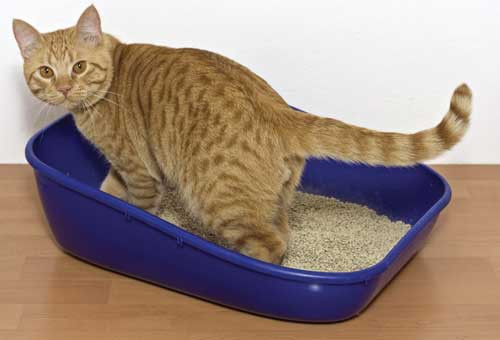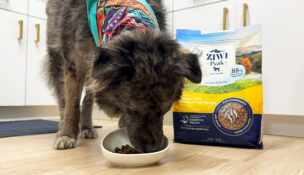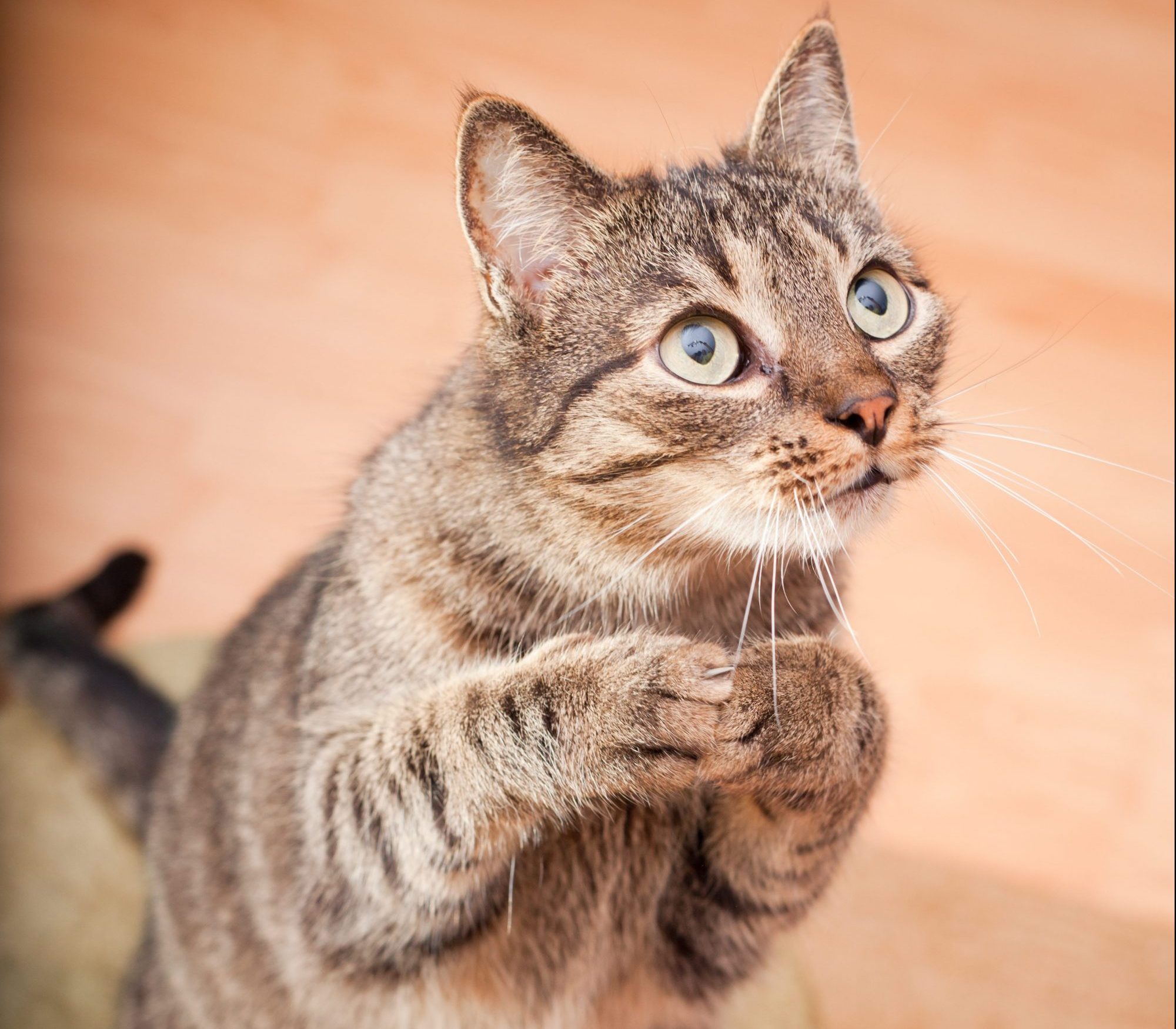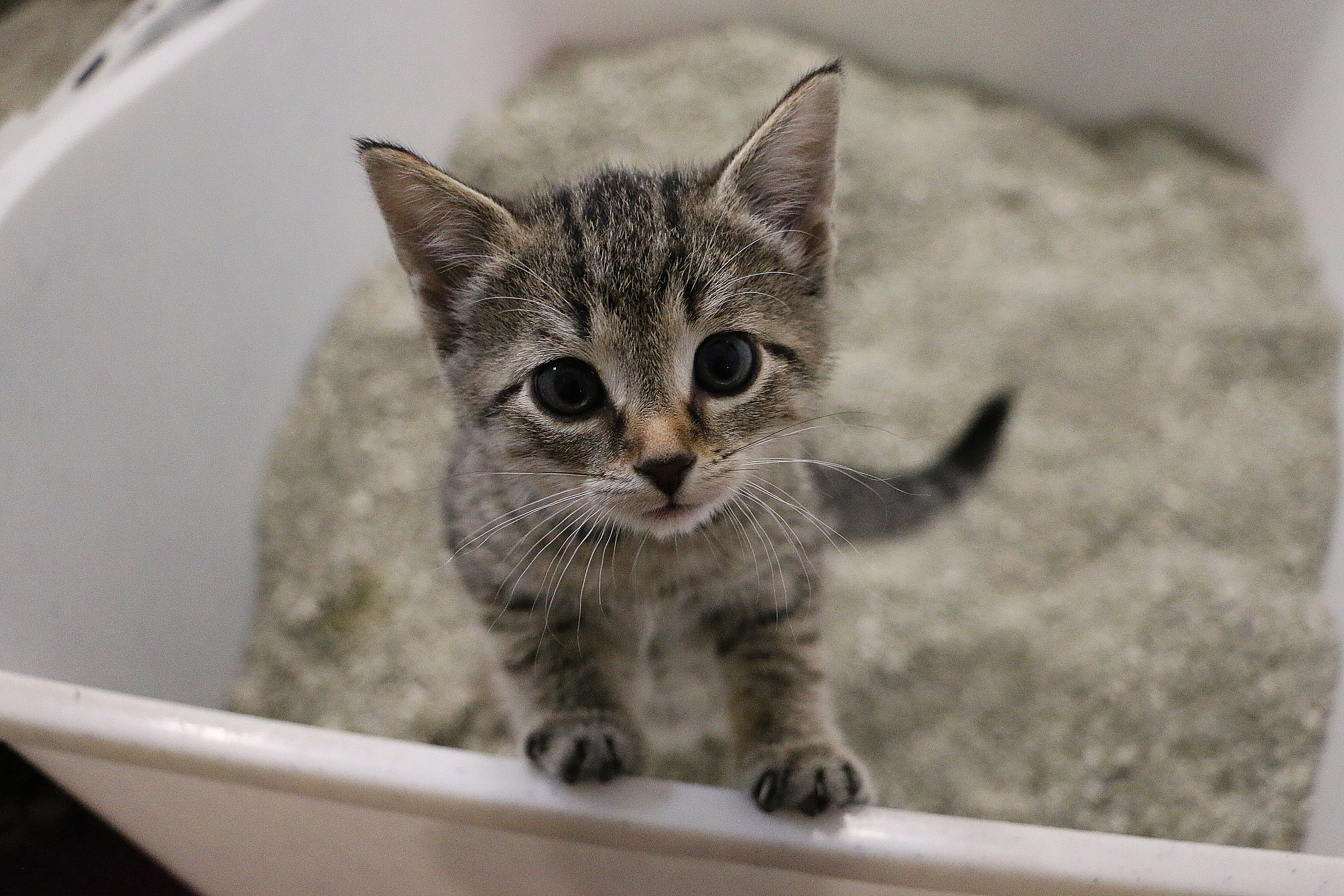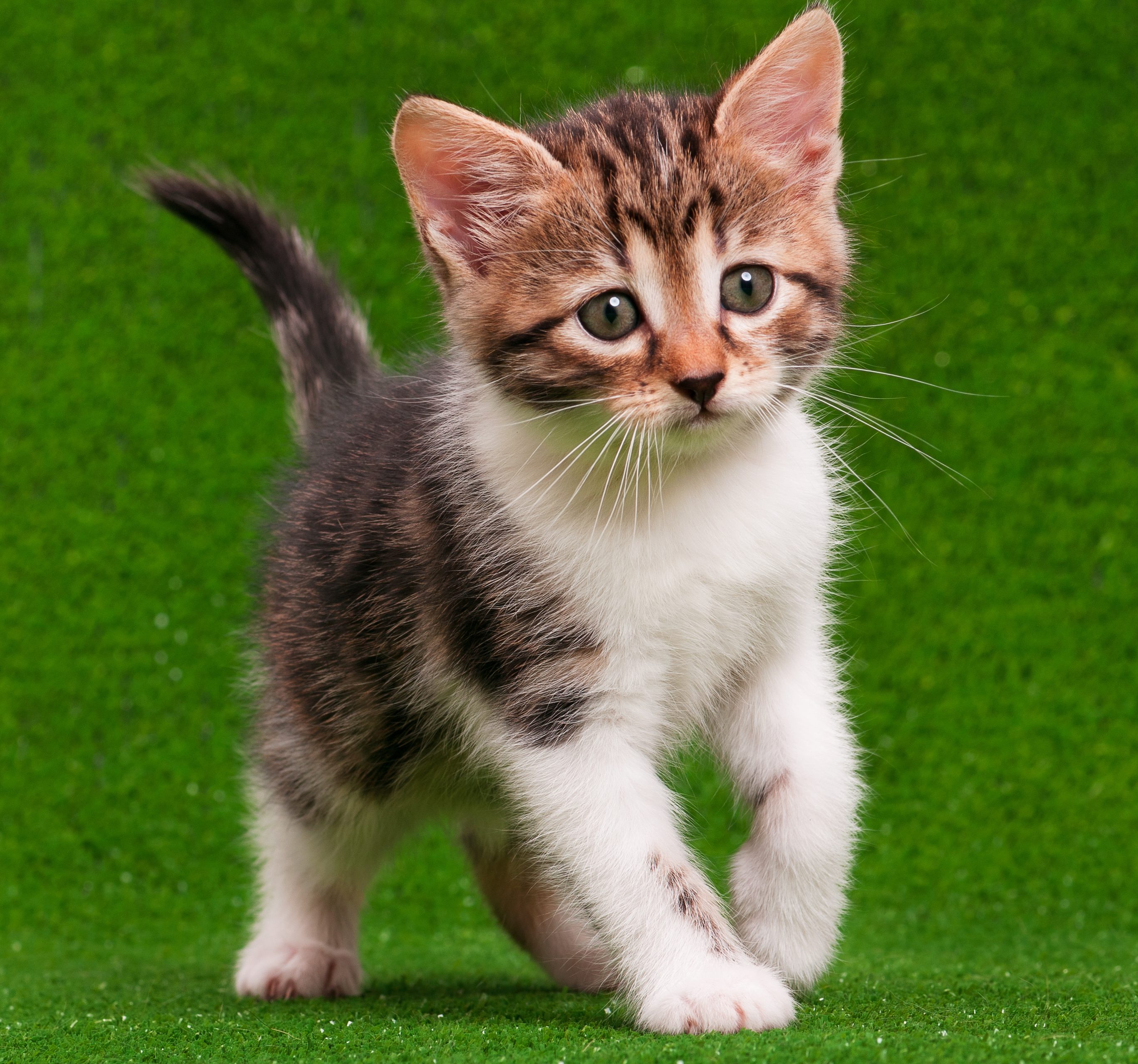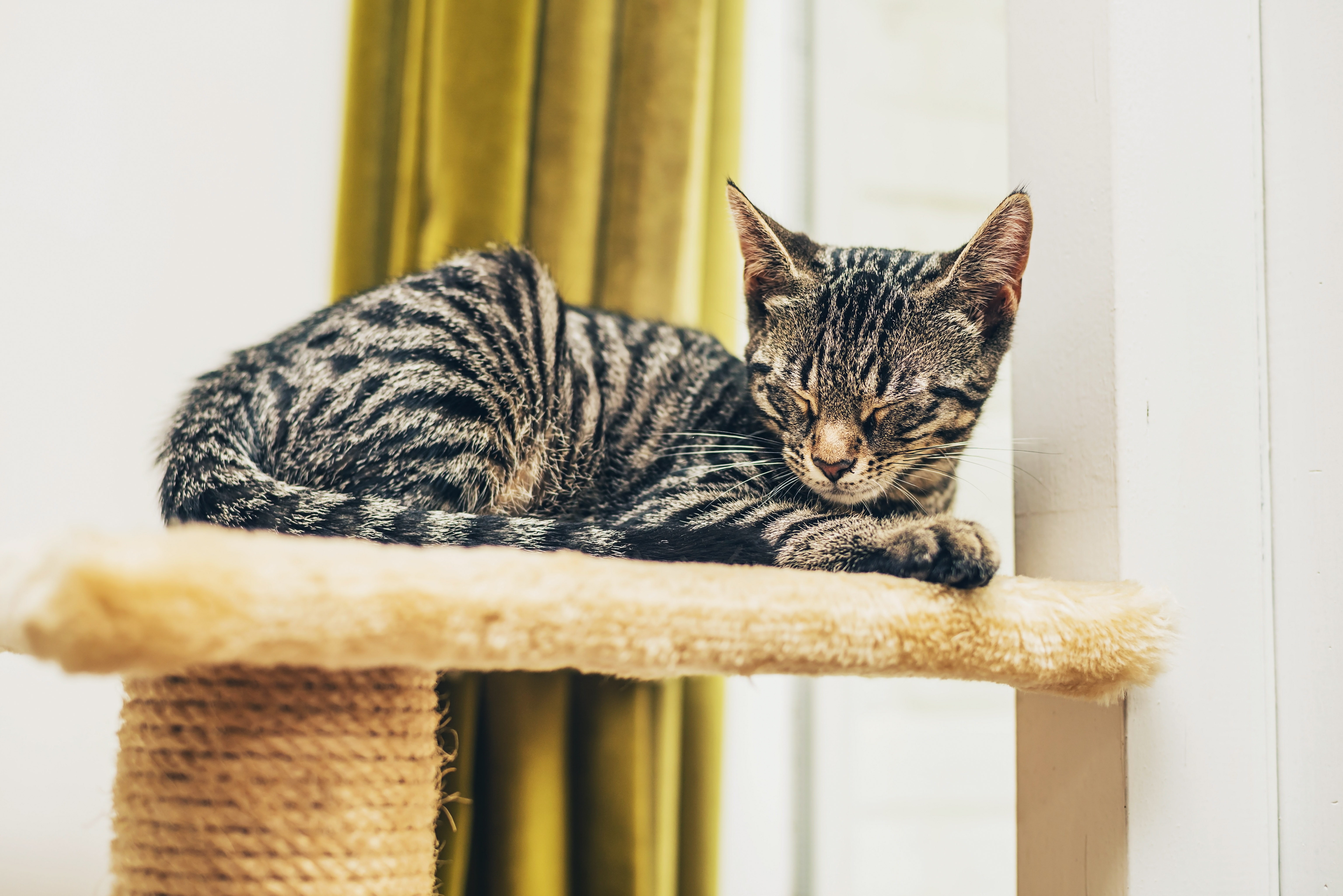Expanding Cat Litter Options
Sandy Robins //November 1, 2014//
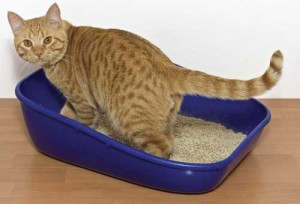 Cat litter is cat litter. Right? It’s not a category brimming with new innovation. Right?
Cat litter is cat litter. Right? It’s not a category brimming with new innovation. Right?
Wrong!
This invention—which almost single-handedly is responsible for cats leading a much safer indoor lifestyle in America—has undergone some huge changes and continues to offer an excellent assortment of litter types. Consequently, this is a category that retailers should certainly consider allotting sufficient shelf space to as well as taking the time to discover all the new options.
The main topic still remains clay litter versus more eco-friendly options. But the debate is complicated because it’s about not only what the consumer wants to purchase, it’s also about the end user, if you will pardon the pun. What a cat will or will not use in the litter box is paramount.
“We are seeing a definite trend to experiment with different kinds of litter,” said Ricky Ramirez, a store associate of Anaheim Feed and Pet Supply in Anaheim California. “We have a good selection of alternatives to clay on our shelves and people are asking about them,” he said.
And while the debate about clay versus everything else—from wheat to newspaper, pine, corn husks, coconut shells hemp litter—continues, the clay proponents are fighting back by re-inventing clay litter and making it more lightweight, and thus consumer friendly.
Late last year, Nestlé Purina Pet Care, the makers of the Tidy Cats range of clay litters, introduced a new recyclable plastic jug, featuring two handles, making it easier to get a grip when filling the litter box. Next they tackled the weight issue related to clay by releasing Tidy Cats LightWeight 24/7 Performance, a product that according Niky Roberts, a marketing public relations specialist for the company, “is 50 percent lighter than traditional scooping cat litter.”
The fact sheet states that in fact 8.5 lbs. of the new formula is equivalent to 20 lbs. of traditional scooping cat litter.
Then in August, Fresh Step introduced Fresh Step Lightweight Extreme, a litter that is 30 percent lighter than the original but still contains activated carbon for odor control of both urine and feces odors.
Now the focus is on re-invented clay litter versus new products such as the line of four different litters from Ökocat introduced by Healthy Pet, the company formerly known in the marketplace as Absorption Corporation.
The company is using a “pitch beast” in the form of Rufus, a comedian in a cat costume who expounds the benefits of natural litters.
“Ökocat in German means ‘eco-cat,’” explained Samuel Cohen, vice president for marketing and sales at Healthy Pet based in Ferndale, Wash.
According to Mr. Cohen, natural kitty litters sell at prices that are about 30 to 50 percent higher than kitty litters made with clay. Ökocat is more competitive with clay litters.
And who is buying what?
Healthy Pet conducted a survey, which showed that the current litter marketplace is divided as follows:
• Natural litter currently holds 10 percent share against clay litter and is growing every year.
• Pet Specialty showed 19 percent growth in the natural litter category last year,
• The category offers the retailer the opportunity to trade up their customer, while improving their bottom line. (Annual litter purchase equal $40 clay user vs $100 natural)
• 3 distinct user segments are identified: 78 percent use clay 12 percent occasionally use natural or are “switchers,” and 10 percent use natural frequently.
• Natural users try more brands, 6.2 in the past year vs. clay users who tried
2.4. The “switchers” are easy targets for growth.
• Natural users over index younger than clay users: 41percent are under 35 vs 26 percent of clay users.
According to Cindee Kohagen of PlanetWise Products, the company’s Scoopable Feline Fresh sells better than their pine pellet litter by a small margin.
“Yes, cat owners do like the scoopable litter as it’s an easy transition for the cats to make because the texture is very similar to other clumping litters. And as consumers we are more used to clumping products too,” she said.
If you are reading this and wondering what else is new, there is in fact more coming.
Pestell is working on a hemp litter and a probiotic litter that will be the first of their kinds, introducing more innovation in the cat litter market.
“Easy Clean Plains Hemp cat litter is to be manufactured from the core of the hemp plant, a fully sustainable and renewable resource every year,” explained Trevor Russwurm, national sales manager for Pestell Pet Products based in Ontario, Canada. “It will have more absorption capacity by weight than any other natural alternative cat litter, meaning less odor in the litter pan and a longer lasting cat litter.”
The company’s other “newbie”, Easy Clean Probiotic cat litter will contain “a scientifically advanced odor-control system for scoopable clay cat litter”.
“Our unique Bioactive Technology adds dormant probiotics (good bacteria) to the litter that are activated by waste matter to eliminate bad odor (bad bacteria). We believe this to be a truly a scientific answer to the primary need of cat owners, odor control,” he said.
Make room on the shelf starting early 2015.
